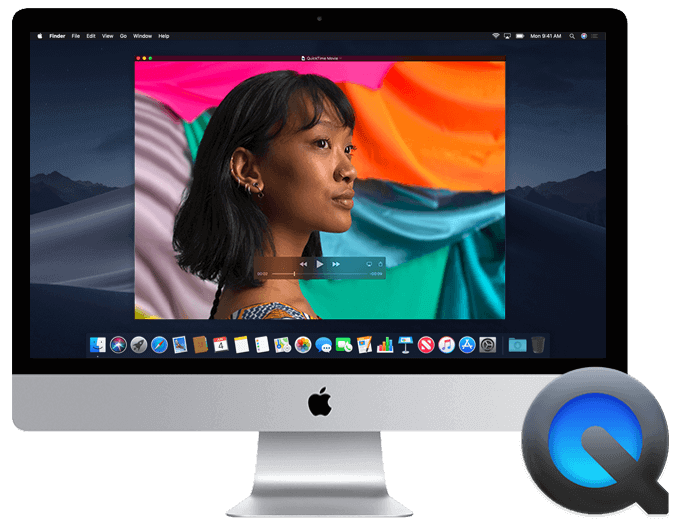

Sony X3000 with their OIS comes close with small shakes, but starts to jolt quite a bit as soon as the shakes become more extreme. When looking at tests with every action-cam, along-side industry leading phones with both optical and digital stabilization, HyperSmooth blows pretty much everything else out of the water in the most extreme use-cases. HERO7 really nails a much needed natural movement in the camera while retaining the same level of crop as HERO6.

If you compare stabilization side by side between 6 and 7 on a straight forward mounting, they may look the same – but as soon as the camera is moving and flowing through space, HERO7 will shine. HERO6 was really great at stabilizing small shakes and vibration mainly pointed in one direction however, as soon as you started moving the camera all around, it would reach the “edge” of the available image, and have to re-center itself (hence, you’d see a sort of digital “tick”). It matches frames using accelerometer and gyro data. For those that aren’t familiar with how digital stabilization works: it crops in on the image a set amount so it has room within the frame to move left, right, up, down, and roll so that it can attempt to match the scene in every frame. HyperSmooth gets rid of most of the ticks and jolts that you might have seen in previous generations of image stabilization.

GoPro created tech from the ground up to cater to its use-cases. Much of GoPro use is mounted or used for shots that flow through space. What GoPro nailed with HERO7’s HyperSmooth is what I would call “flow stabilization”. HyperSmooth is what GoPro is calling its ‘next-generation’ image stabilization. If you aren’t Caleb Farro, keep reading for all the nitty gritty details. > Portrait orientation is rad for social media. > There’s other stuff like live streaming and audio improvements and stuff. > TimeWarp is epic – use it for stabilized timelapses, aka Hyperlapses – even handheld or mounted.
#BEST ALTERNATIVE TO FILELOUPE MAC ISO#
Put your max ISO on 400 or higher when using it. > HyperSmooth is epic – use it instead of a gimbal. If you’re just looking for the TLDR here’s the quick and dirty: On top of that, users familiar to GoPro will notice many much appreciated usability changes. Using a plethora of sensors and imaging algorithms, the HERO7 produces a game-changing experience in the form of stabilization, quality, and connectivity.
#BEST ALTERNATIVE TO FILELOUPE MAC SOFTWARE#
Software tech under the hood is playing an increasingly bigger role in the way imaging is being done across all areas of camera technology. Additional RAM greatly helps the camera process multiple tasks at once as well as use more robust software algorithms to deliver the new features. While it might look similar to a HERO6 in terms of shape, size, and internal hardware, the HERO7 has a few distinctive additions that enable many of the new features – starting with more memory. It’ll walk you through the basics in just 2 quick minutes! See if you can spot me 🙂 If you haven’t watched our launch spot that I (along with a talented team of GoPro media gurus) created, check it out. HERO7 is here – I’ll be taking you through all of the details from big to small. Looking for a guide for a different GoPro? Check out all of my complete guides here:


 0 kommentar(er)
0 kommentar(er)
